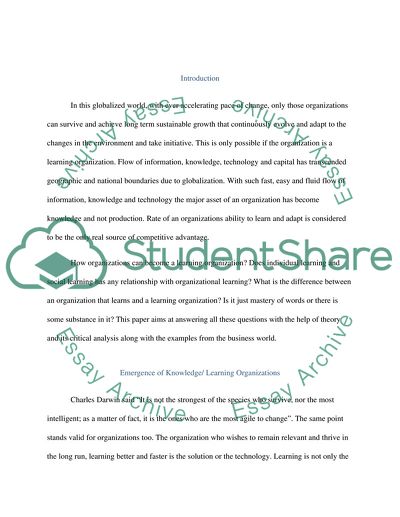Cite this document
(Strategy and Organizational Learning Term Paper - 1, n.d.)
Strategy and Organizational Learning Term Paper - 1. Retrieved from https://studentshare.org/education/1752448-strategy-and-organizational-learning
Strategy and Organizational Learning Term Paper - 1. Retrieved from https://studentshare.org/education/1752448-strategy-and-organizational-learning
(Strategy and Organizational Learning Term Paper - 1)
Strategy and Organizational Learning Term Paper - 1. https://studentshare.org/education/1752448-strategy-and-organizational-learning.
Strategy and Organizational Learning Term Paper - 1. https://studentshare.org/education/1752448-strategy-and-organizational-learning.
“Strategy and Organizational Learning Term Paper - 1”, n.d. https://studentshare.org/education/1752448-strategy-and-organizational-learning.


